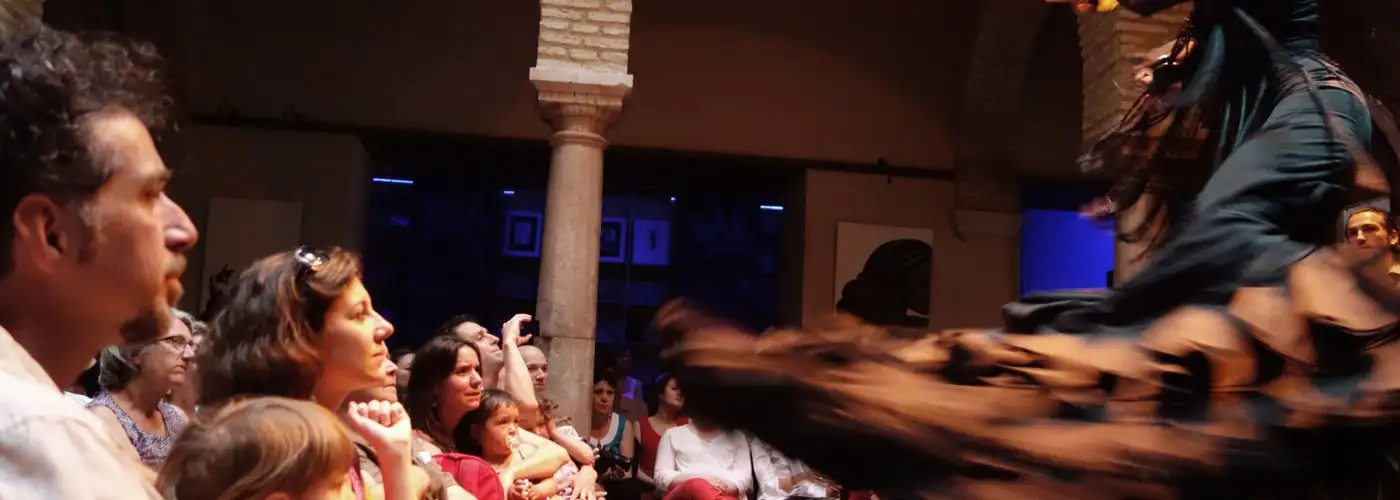Sevilla, the capital of Spain’s southern Andalucia region, is as soulful a place as I’ve ever been. It’s a wonderful-to-be-alive kind of town, buzzing with festivals, heat, color, guitars, and castanets.
The gateway to the New World in the 16th century, Sevilla boomed during Spain’s Golden Age. The explorers Christopher Columbus, Amerigo Vespucci, and Ferdinand Magellan sailed from its great river harbor, discovering abundant sources of gold, silver, cocoa, and tobacco. For a time, these New World riches turned Sevilla into Spain’s largest and wealthiest city.
Today’s Sevilla has its share of impressive sights, including Spain’s largest cathedral (with the tomb of Columbus) and a fantastic Moorish palace and garden (the Alcazar). But the real magic is the city itself and its unique traditions.
Sevilla swings easily from the sacred to the secular. Holy Week—between Palm Sunday and Easter—is celebrated with intense devotional fervor here (book ahead). Over the course of eight days and seven nights, as many as 100 glittering saintly statues are paraded over the cobblestones at all hours by the faithful.
But with the religious holiday out of the way, the mood shifts to party mode. A week or two after Easter, much of Sevilla packs into its vast fairgrounds for the April Fair. Countless tents line the lanes, each one a private party zone of a family, club, or association. Think of it as a week of all-nighters, with the focus on dancing, drinking, and socializing.
On opening day, the cream of Sevilla’s society parades around the fairground in carriages or on horseback. It’s something like a thousand wedding parties being celebrated at once. Men wear traditional suits with fitted pants and a short jacket, and ladies turn out in brightly colored flamenco dresses.
Because the party tents are open only to members and their guests, invitations are coveted. If you’re not lucky enough to have a Sevillan friend who can get you in, make your way to one of the seven public tents. Inside, drink flows freely, and the food is fun and cheap. Luckily, a tent with cots is available for anyone needing a nap.
Sevilla is the birthplace of another kind of party: flamenco. It’s still the best place to experience this emotive dance-and-music form of snapping fingers, stamping feet, and clicking castanets. Many of the concerts in town are designed for tourists, but they are real and riveting (and usually a good value). If you stay up to the wee hours, you might be lucky enough to catch a late-night set in a casual bar. In these cases, flamenco is a flamboyant happening, with bystanders clapping along and encouraging the dancers with whoops and shouts.
Even food is a theatrical event in this town. The colorful tapas tradition got its start in Andalucia, and Sevilla is the region’s noshing capital. Classic, old-school tapas bars are everywhere, but nowadays gourmet places, with spiffed-up decors and creative menus, are the rage. Even in difficult economic times, when other businesses are closing down, these bars are popping up all over. Locals explain that with the collapse of the construction industry in Spain, engineers, architects, and other professionals—eager for a business opportunity—are investing in new trendy bars.
I always learn something new when I travel. This time in Sevilla, my tapas guide demonstrated how quality jamon (cured ham), sliced thin, will stick to a plate when you upend it. I’m not sure what that has to do with quality, but one thing I am sure of: When in Spain, life’s too short to eat mediocre jamon. At least once, pay extra for the best ham on the list.
For a different twist on tapas though, look for an abaceria, an old-time grocery store that doubles as a tapas bar. The combination isn’t completely unexpected, as many tapas chefs rely on Spain’s high-quality canned foods in composing their tasty tidbits. Squeeze into the back room of one of these spots, and you’re squeezing back in time. Rubbing elbows with local eaters in an abaceria, surrounded by tinned sardines and canned peaches, you’ll feel like you’re in on a secret.
To walk off a meal on a balmy evening, wander into the Barrio Santa Cruz, Sevilla’s once-thriving Jewish quarter. This classy maze of lanes is too slender for cars but perfect for meandering among small plazas, tile-covered patios, and whitewashed houses draped in flowers. Getting lost is easy, and I recommend doing just that. Orange trees abound, and when they blossom in early spring (usually March), the aroma is heavenly.
Rick Steves (www.ricksteves.com) writes European travel guidebooks and hosts travel shows on public television and public radio. Email him at rick@ricksteves.com and follow his blog on Facebook.
(Photo: Rick Steves)
You Might Also Like:
We hand-pick everything we recommend and select items through testing and reviews. Some products are sent to us free of charge with no incentive to offer a favorable review. We offer our unbiased opinions and do not accept compensation to review products. All items are in stock and prices are accurate at the time of publication. If you buy something through our links, we may earn a commission.
Top Fares From
Today's Top Travel Deals
Brought to you by ShermansTravel
France: 8-Night Paris, Avignon & Nice...
Infinity Worldwide Vacations
 vacation
$2880+
vacation
$2880+
Poconos: 3 Nts in Garden of...
ResortsAndLodges.com
 hotel
$305+
hotel
$305+
7-Nt Canada & New England Cruise,...
Princess Cruises
 cruise
$839+
cruise
$839+




